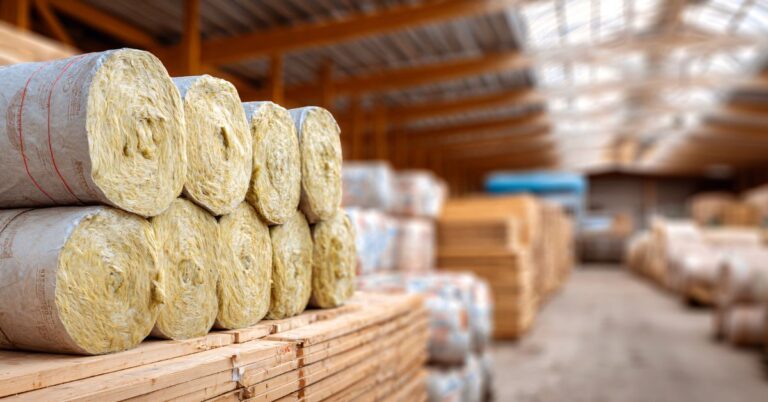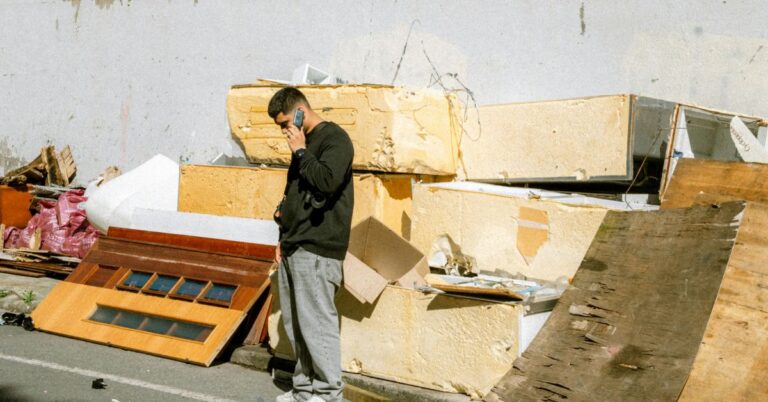Renovating your home doesn’t have to come at the expense of the environment. Recycled materials renovations provide a sustainable approach, combining creativity, functionality, and environmental responsibility. By using upcycled materials and embracing eco-renovation principles, Melbourne homeowners can reduce waste while creating stylish and durable living spaces.
In this guide, we’ll explore practical ways to incorporate green materials, the benefits of sustainable reuse, and tips for planning a successful recycled materials renovation.
1. What Is a Recycled Materials Renovation?
A recycled materials renovation involves repurposing materials from previous construction or other sources to build or upgrade your home. This approach focuses on sustainability while maintaining high standards of quality and design.
Common recycled materials used:
- Timber and wooden beams: Salvaged from old buildings for flooring, walls, or furniture.
- Bricks and stone: Reclaimed for feature walls, garden paths, or structural elements.
- Metal fixtures and fittings: Reused steel, copper, or aluminum for décor and functional use.
- Glass and tiles: Upcycled for backsplashes, windows, or decorative accents.
- Furniture and cabinetry: Refurbished or custom-built from existing materials.
Using these materials reduces landfill waste, lowers carbon footprint, and adds character to your renovation.
2. Benefits of Using Recycled Materials
Incorporating recycled materials into your renovation offers several advantages:
- Environmental sustainability: Reduces waste and conserves natural resources.
- Cost efficiency: Salvaged materials are often more affordable than new products.
- Unique aesthetics: Upcycled materials create distinctive, one-of-a-kind designs.
- Durability: Many reclaimed materials, like old timber or brick, have aged beautifully and offer long-lasting quality.
- Creative flexibility: Enables innovative designs and personalised solutions.
These benefits make eco-renovation appealing for homeowners who value both style and sustainability.
3. Planning Your Eco-Renovation
Successful sustainable renovations require thoughtful planning:
- Identify opportunities: Determine which areas of your home can use recycled materials effectively, such as flooring, walls, or furniture.
- Source materials: Connect with local suppliers, salvage yards, or building demolition sites for quality recycled materials.
- Engage experienced builders: Choose professionals skilled in handling and integrating upcycled materials safely.
- Consider design compatibility: Ensure the recycled materials complement your home’s style and structural requirements.
- Check regulatory standards: Confirm materials meet local building codes and safety regulations in Melbourne.
Planning ensures your eco-renovation is both practical and visually appealing.
4. Creative Uses for Recycled Materials
There are countless ways to incorporate upcycled materials into a renovation:
- Feature walls: Exposed brick or reclaimed timber adds warmth and character.
- Furniture: Repurposed wood or metal can become tables, benches, or shelving units.
- Flooring: Old hardwood or recycled tiles provide unique textures and finishes.
- Kitchen and bathroom accents: Upcycled glass, metal, or timber create stylish and sustainable surfaces.
- Outdoor landscaping: Reclaimed stone or timber can enhance decks, patios, and garden features.
Creative integration of recycled materials elevates both functionality and design.
5. Tips for a Successful Recycled Materials Renovation
To make the most of your eco-renovation, consider these tips:
- Plan ahead: Know which materials are available and suitable for your project.
- Combine old with new: Blend recycled materials with modern features for balance and style.
- Prioritise quality: Inspect reclaimed materials carefully to ensure durability and safety.
- Hire skilled tradespeople: Proper installation is essential, especially when using non-standard or aged materials.
- Maintain sustainability: Continue the eco-friendly approach with energy-efficient appliances, insulation, and finishes.
Following these strategies ensures your renovation is both sustainable and high-quality.
6. Key Takeaways
- Recycled materials renovations are eco-friendly, cost-effective, and visually unique.
- Upcycled materials like timber, brick, metal, and glass reduce environmental impact.
- Planning, sourcing, and skilled installation are critical for success.
- Creative applications allow homeowners to personalise their spaces sustainably.
- Eco-renovation aligns with modern Melbourne lifestyle trends and environmentally conscious living.
7. Conclusion
A recycled materials renovation in Melbourne combines sustainability, style, and functionality. By embracing upcycled materials and green building practices, homeowners can reduce their environmental footprint while creating distinctive, long-lasting spaces.
Whether you’re updating your kitchen, adding a living area, or enhancing outdoor spaces, consider eco-renovation principles to achieve a home that is both beautiful and responsible.
Suggested Image Placements:
- Reclaimed timber feature wall in a living room (Alt: “recycled materials renovation Melbourne”)
- Upcycled furniture and decor in modern home (Alt: “eco-renovation Melbourne”)
- Reclaimed brick used in outdoor landscaping (Alt: “sustainable reuse home Melbourne”)
Internal Link Suggestions:
- Renovation Process Melbourne
- Sustainable Building Trends
- Timber Frame Extension Melbourne
- Building Compliance Melbourne
- Modern Design Trends Melbourne




